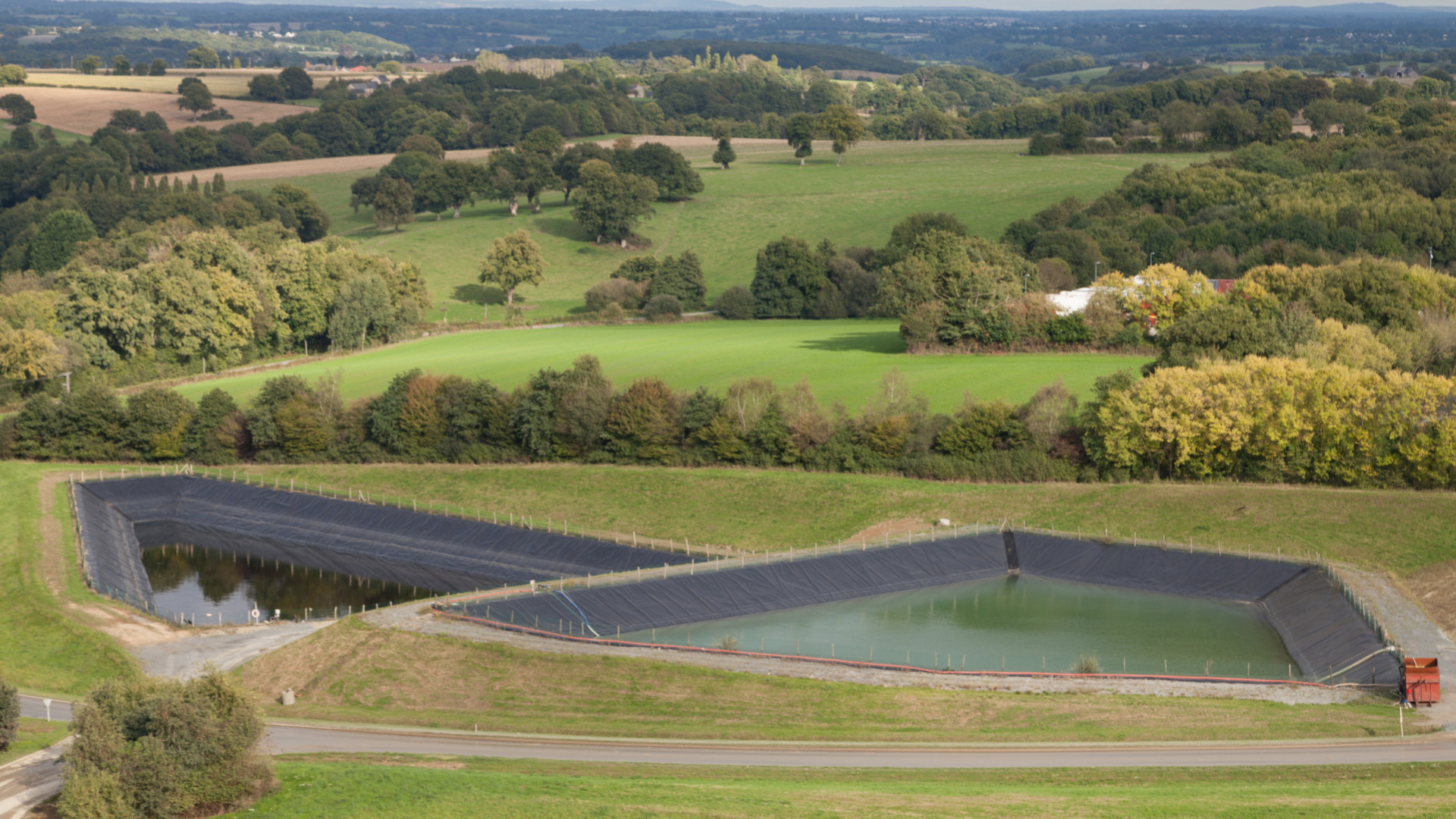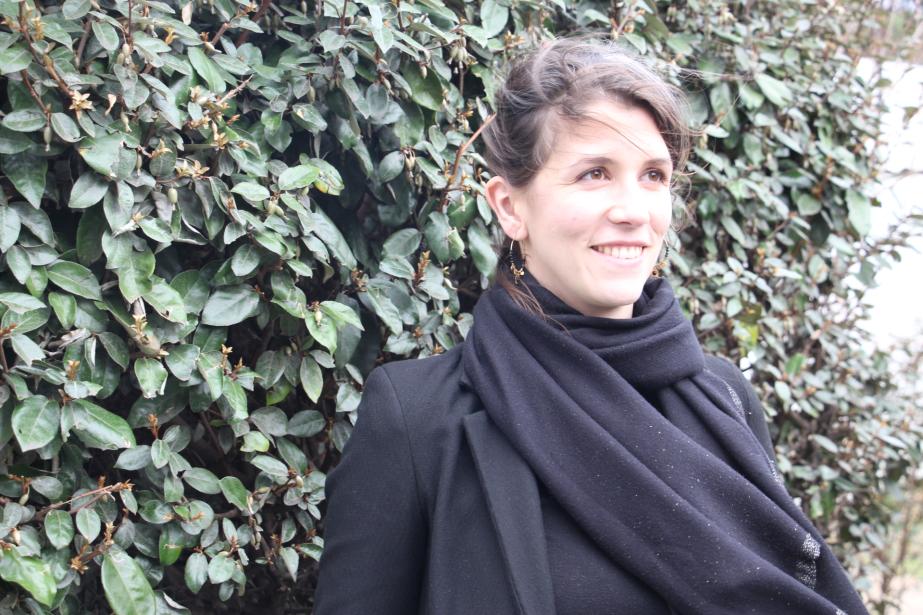At Trédi Salaise
We have significantly reduced the water consumption of flue gas cleaning towers by reorganizing their water supply. Some are now fed in succession rather than in parallel, so that each tower feeds the next with its wastewater.


In recent years, the issue of water scarcity has become even more serious both in France and around the world. Droughts are becoming increasingly frequent. They represent a threat not only to ecosystems, but also to our business. Faced with the challenge of global warming, it is essential that we speed up our ecological transition. That’s why, as an industrial player committed to protecting the environment, the Group has set up an ambitious action plan to preserve water resources and meet the target set by the government: to reduce water withdrawals by 10% by 2025.
We began by analyzing our facilities’ water consumption patterns, based on our Non-Financial Performance Report (NFPR). This document, which we publish every year, compiles a range of data on each of our sites. In particular, it shows the quantities of water withdrawn, discharged or recycled.
First of all, there were major disparities between the 40 sites we studied worldwide. Just a handful of sites were responsible for the majority of our overall consumption (around 3 million cubic meters). In some of these facilities, energy produced via waste recovery is used to supply hot water or steam to industrial or urban heating networks. Though the water circulates in a nearly closed circuit, significant top-ups are still required. Flue gas cleaning systems, which are essential to protect the environment, can also involve water consumption. As for the other sites, they use water for various purposes: cooling production processes, cleaning facilities, auxiliary uses, etc. Some of these sites were already quite far along in their water-saving initiatives.
Last year, we began to increase and improve the number of water meters on our installations – not only at entry and exit points, but to analyze the primary uses of water. This has allowed us to detect and correct various leaks and instances of excess consumption.
Improving the information we have at our disposal will also allow us to more precisely identify potential areas for water savings, and, for example, where we could use water from our industrial processes (reuse) or rainwater rather than groundwater or water taken from drinking water mains. The more precise our indicators, the more effective solutions we can devise to reduce withdrawals.
We are also working on improving the operation of our machinery and processes, and even replacing them with more water-efficient equipment.
For all this, we rely heavily on our on-site employees, who know their facilities inside out. Together, we’ve already completed a number of projects, with more to come.
There are many, and the Group has already reduced its withdrawals by 6.4% between 2021 and 2023 (at constant scope), but here are our most notable recent and ongoing projects.
Yes, but Séché has a great deal of expertise in industrial water treatment and can rise to the challenge. The diversity of situations implemented at our many sites, combined with our in-depth knowledge of companies’ needs, also enables us to offer our industrial partners appropriate, sustainable solutions.
Hello,
We will do our best to answer you as soon as possible.